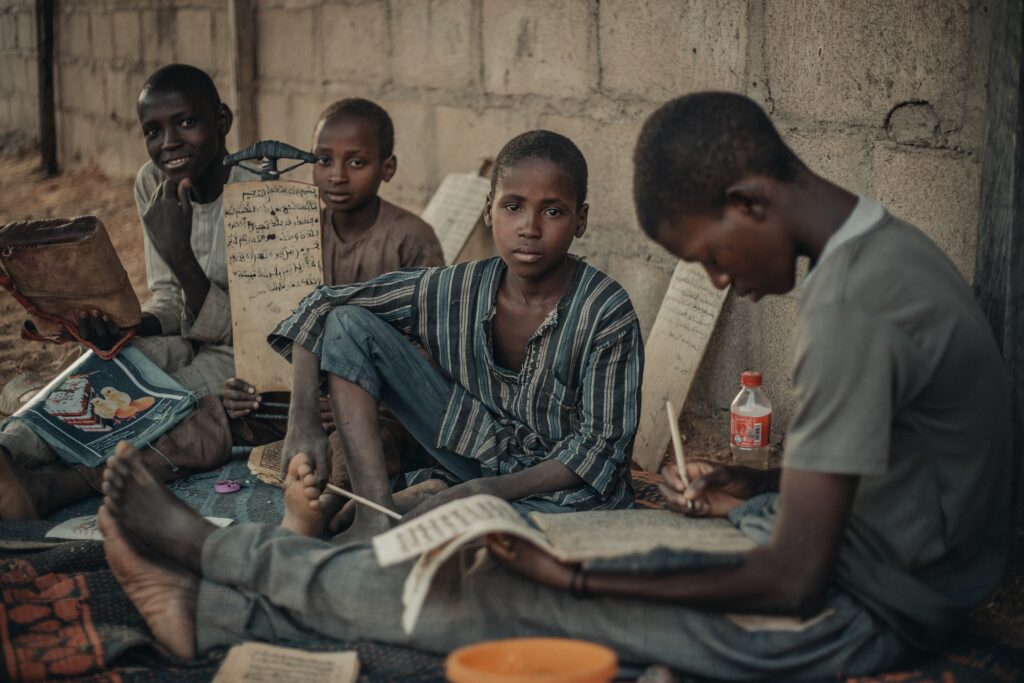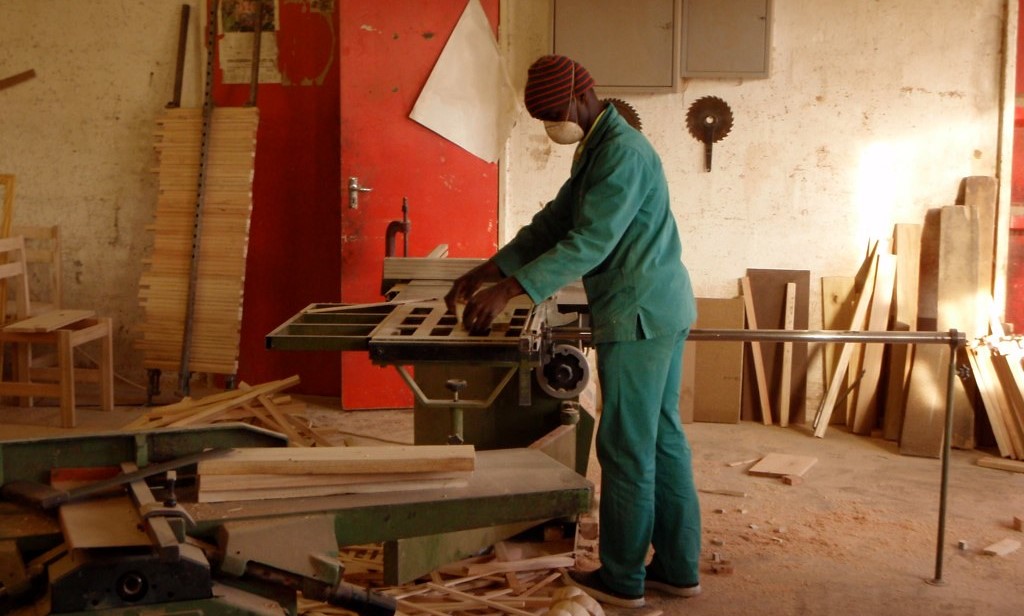In much of sub-Saharan Africa, most vocational education is informal. While this kind of apprenticeship learning can be hugely beneficial in preserving traditional craft techniques, it can also be stifling in fast-paced industries such as technology. That being said, there are still success stories. For example, Ous Colley of Ganjur, a coastal town in the Western Region of The Gambia. Ous owns one of the largest welding companies in country, where he also teaches 21 students. Most of his students juggle traditional schooling alongside their welding job and can look forward to a lucrative future in an enduring field.
Want to See More?
Check out CSA Squad Vlogs on YouTube!
Vocational Training
Technical and vocational education and training (TVET) programs have been on the rise throughout Africa since the 1990s, according to the Association for the Development of Education in Africa (ADEA). These programs teach students applicable skills that allow them to acquire jobs in industries, such as welding and sewing, that are typically taught informally. The benefit to TVET programs over many apprenticeships is that students are able to learn the latest innovations and techniques in the field. There is also a downside, however. As TVET programs are part of formal education systems, the education and training they provide are limited to youth and students who attend school. Young people for whom education is an unaffordable luxury, as well as adults seeking new opportunities, have little chance at either.
Want to Know More?
Check out this ADEA article!
Unemployment, Underemployment, and Poverty
In spite of a largely youthful population, unemployment and underemployment are rampant in The Gambia as well as throughout many countries of Sub-Saharan Africa. In fact, of the 10 countries worldwide with the highest unemployment rate, only one was not in sub-Saharan Africa.[1] For example, Eswatini in southern Africa has an unemployment rate greater than 37%, while others such as Nigeria seem to be doing better with its unemployment rate of 3.8% (2022).[2] These rates, however, don’t tell the whole story.

Although Africa has the lowest unemployment rate globally on paper among youth ages 15 to 24 (10.6 percent in 2021, according to the International Labor Organization), the majority of Africa’s youth work informally, and many are underemployed or remain in poverty despite working due to low wages and the lack of a social safety net…
– Audrey Elom Donkor, writing for Foreign Policy Magazine
Multidimensional poverty measures not only monetary access, but also the conditions people live in, such as sanitation services, shelter – and access to education. In Nigeria, Africa’s most populace country, more than 40% of people are poor, and 72% of rural Nigerians experience multidimensional poverty.[3] Suffice it to say, more than half the population struggles, in spite of a low unemployment rate. In The Gambia, the COVID-19 pandemic saw a sudden increase in unemployment from 4.1% in 2018 to 6.2% in 2021. Artisans who depend on tourists to purchase their wares, as well as resorts, saw business dry up in the face of COVID. And while tourism is once more increasing and unemployment once more declining, is it enough?
End Poverty

End poverty, in all its forms, everywhere. Poverty eradication is the very first United Nations Sustainable Development Goal. It is important that Gambians of all ages have the opportunity to empower themselves by learning skills that allow them to find good paying jobs and provide for their families. Welding and sewing, electronics repair, and woodworking are all enduring professions. While these skills need to be taught, the fundamentals do not take long to learn. A local workshop class and a sewing machine could enable a Gambian woman to get a job at a clothier or even start her own business. One individual, one family at a time we can push poverty and hunger away.
Vocational workshops are a flexible solution that can bring courses and training to communities in need. You can help us establish a vocational academy that will bring innovative skills to Gambians eager to make a better life for themselves and their families. From basic fundamentals to advanced techniques for those seeking to improve their skills, this kind of workshop academy is free to move from region to region, bringing education and resources to where they are needed most. Every dollar helps us assemble tool kits, hire instructors, and offer entrepreneurial support so Gambians can put their new skills to use.
[1] https://www.statista.com/statistics/264656/countries-with-the-highest-unemployment-rate/#:~:text=In%202023%2C%20Eswatini%20had%20the%20highest%20unemployment%20rate,highest%20unemployment%20rates%2C%20nine%20were%20in%20Sub-Saharan%20Africa.
[2] https://data.worldbank.org/indicator/SL.UEM.TOTL.NE.ZS?locations=NG
[3] https://nigerianstat.gov.ng/news/78#:~:text=In%20Nigeria%2C%2040.1%25%20of%20people%20are%20poor%20according,compared%20to%2042%25%20of%20people%20in%20urban%20areas.
